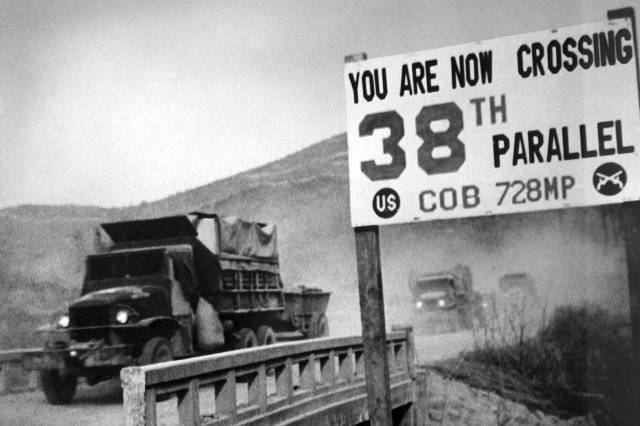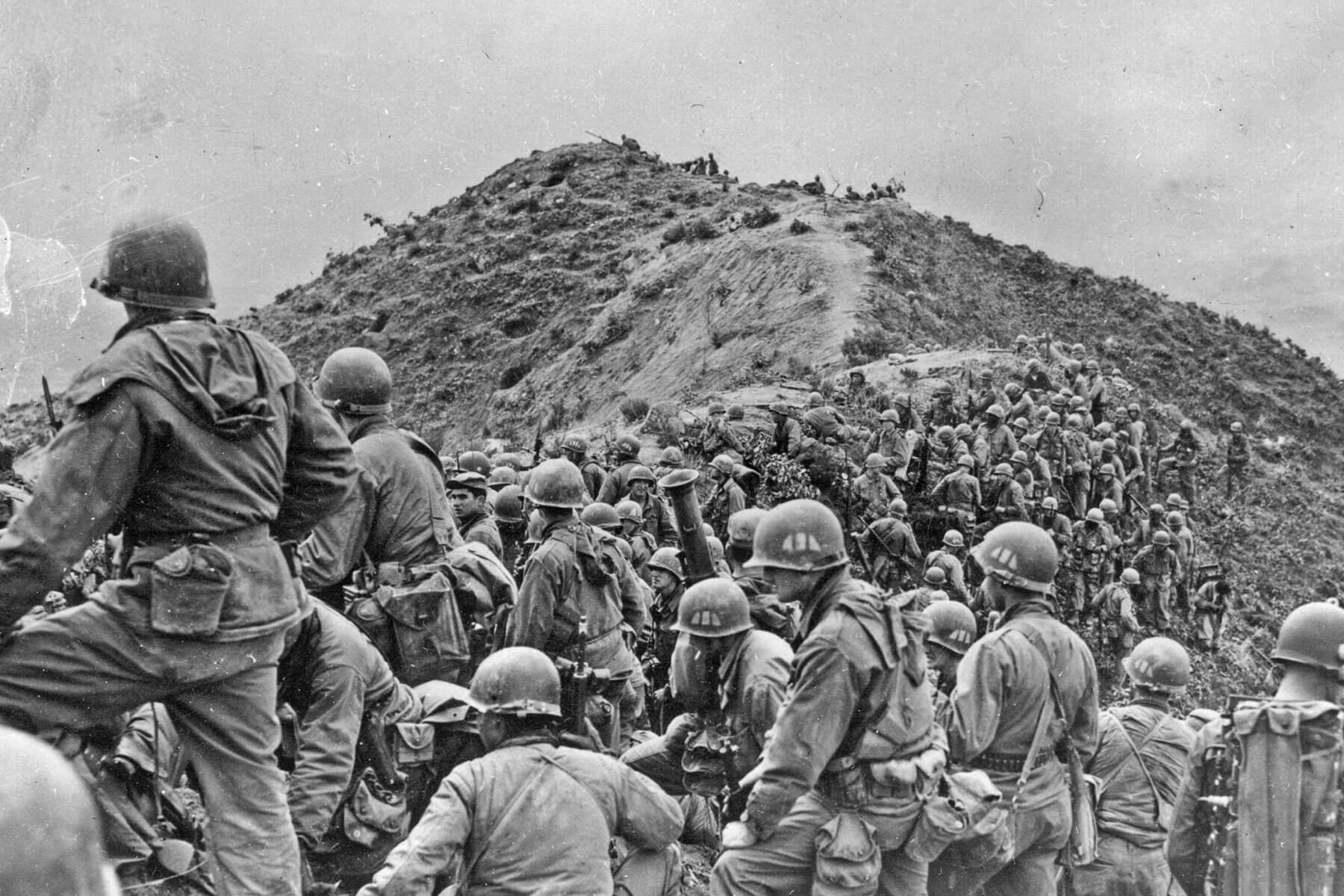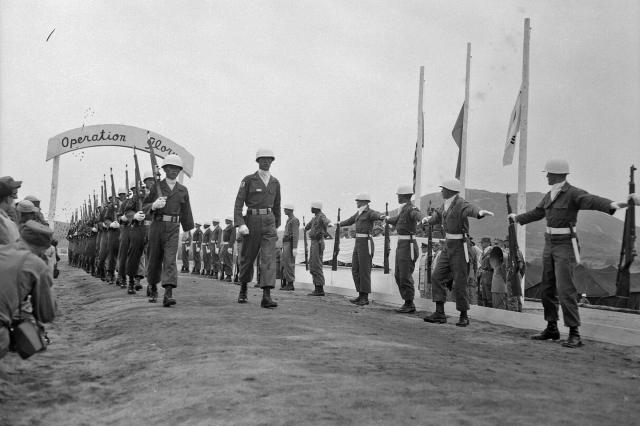Little-Known Facts About the Korean War
In the United States, the Korean War (1950-1953) is sometimes referred to as the “Forgotten War.” It started shortly after World War II and ended just before the Vietnam War, yet received a small amount of press coverage in the U.S. compared to either of those conflicts, and continues to receive relatively little attention to this day. Yet the Korean War was one of the most significant wars of the 20th century. It permanently altered the geopolitical landscape of Asia, set the stage for future Cold War conflicts such as the Vietnam War, and heightened tensions between the United States and Soviet Union that lasted for decades. As the first “hot” conflict of the Cold War, it pitted South Korea, backed by the U.S. and a coalition of capitalist nations, against communist North Korea, backed by China and the Soviet Union. For a more complete picture of this pivotal moment in world history, here are six facts about the Korean War.

The Boundary Between North and South Korea Was Created From a National Geographic Map
While many borders are drawn with great deliberation and diplomatic care, this cannot be said about the boundary between North and South Korea. The division of the Korean Peninsula occurred in 1945 in the final months of World War II, when the United States and Soviet Union agreed to divide Korea in half, with the U.S. controlling the south and the Soviet Union controlling the north. The decision on where to place the dividing line fell to two young U.S. Army officers, who were told that time was of the essence. In a rush, they used a map of Korea they found a National Geographic map, and chose the 38th parallel as the midway boundary. The rushed decision was made in roughly 30 minutes, with no consideration given to the real-life geography of Korea or the lives of the people who lived there. As a result, the dividing line cut roads and railway lines in half, and arbitrarily sorted the Korean people onto two different sides of the escalating Cold War. The haphazard division of the Korean Peninsula was a prelude to the conflict that soon followed, when North Korean soldiers crossed the 38th parallel in 1950, marking the start of the Korean War.

President Truman Mobilized Troops Without Congressional Approval
When the North Korean military invaded South Korea in 1950, U.S. President Harry S. Truman felt he needed to deploy American troops to curtail the spread of communism in the region, hoping to quell criticism at home that he was “soft on communism.” While the U.S. Constitution states that the President must receive approval from Congress before declaring war, Truman circumvented this obstacle by classifying the U.S. military presence in Korea as a “police action” to keep the peace in the region, instead of officially referring to it as a war. This made the Korean War the first time a U.S. President had unilaterally instigated military hostilities without congressional approval.
























